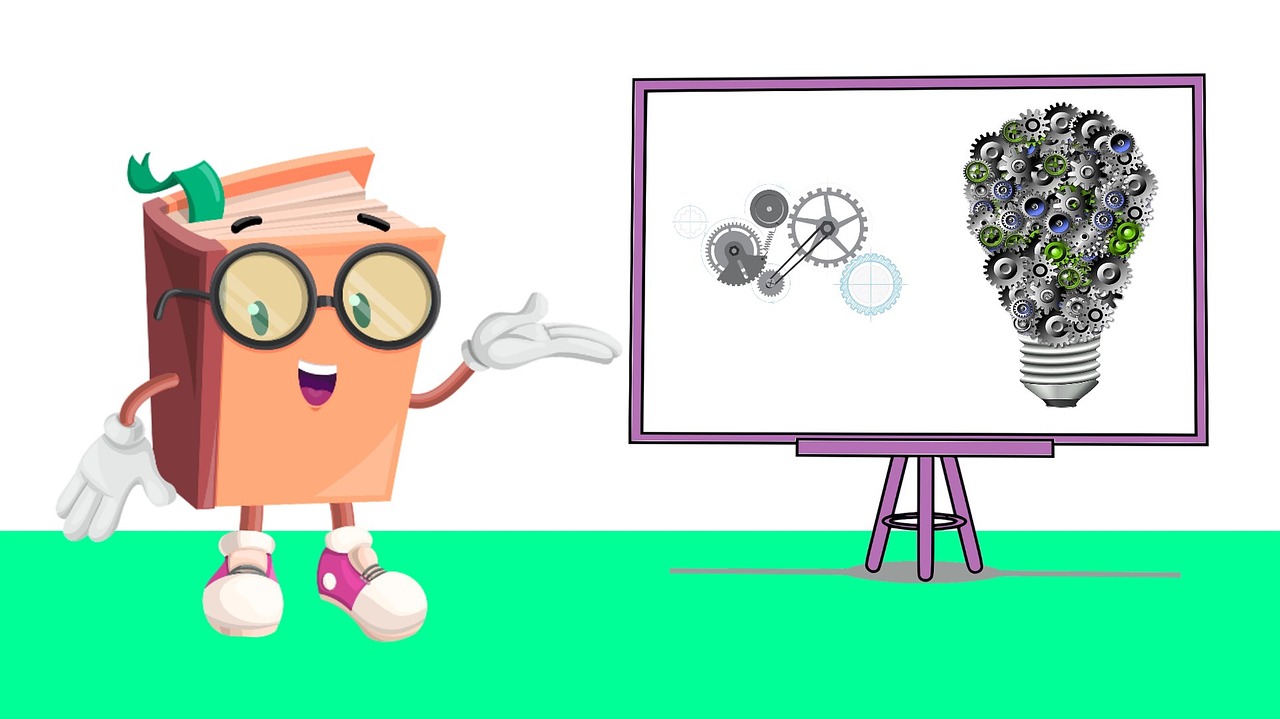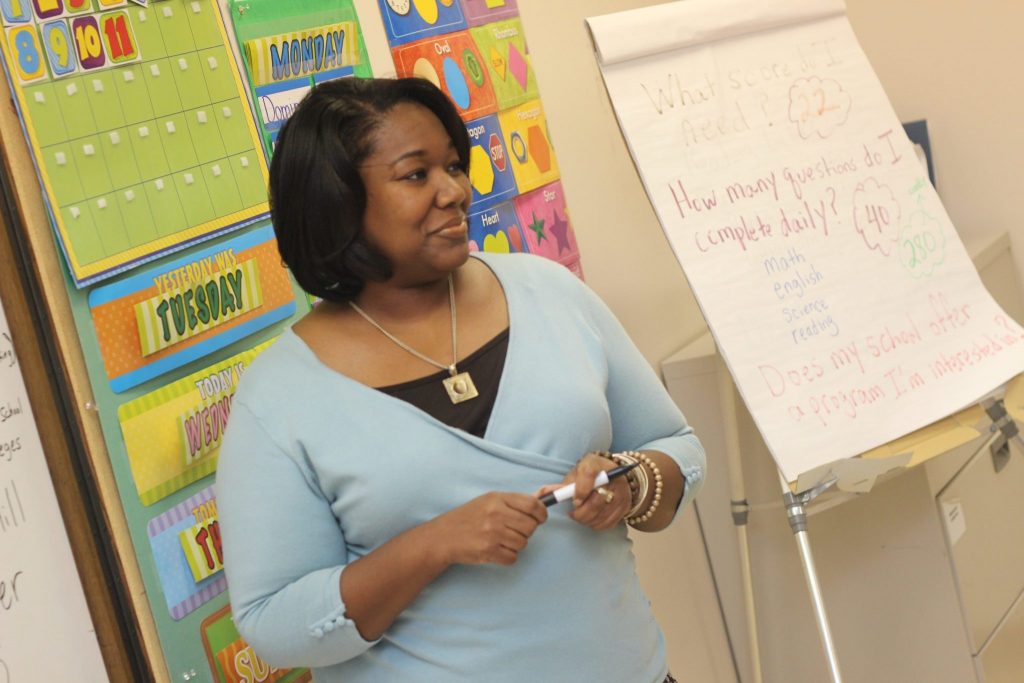Advanced Guide on Sight Words with Free Downloadable Lists
Things are never too easy when you are trying to learn a new language. English can be particularly tough as you would have to get yourself familiarized with tons of grammatical rules. Rather than discouraging you, I will talk about a special trick that would help you understand English in a smart way â“ Sight Words.
Every language is made up of thousands of words. Even for a native speaker, it is almost impossible to know all the words. The same can be said about English too.
In a general sense, a native speaker has a vocabulary of about 25,000 words. What does it mean? Should a new user cram up the whole dictionary to use or understand English?
Well, the simple answer would be â“ NO!
The beauty of the English language is that one can use English in daily life to express thoughts and feelings even with a small vocabulary.
Donâ™t believe me?
Let me share you an interesting fact about English â“ about 50% of all the reading text is made up of only 100 words. Think about it, you might see some common words like â“ âThe,â âThis,â âI,â âYou,â far too often.

Technically, the linguistic experts have given a name for these frequently seen words â“ sight words. So, if one can master these words, understand the meaning, and learn how to utilize these words in daily life English, communicating might be easier than you can imagine.
Try this vocabulary tester to understand your current skill level!
This article is particularly written for teachers who want to teach their students English quickly and methodologically. If you coach someone trying to learn English as a second language, this lesson might come in handy.
Now, you can find all the sight words in one place for better sight words exercises. You can check the grade-by-grade sight words lists and can download them for your offline practices too!
And, if you want to practice the sight words in SpellQuiz style, don't forget check out the fry words first 100!
How Sight Words Help with Learning a New Language?
Letâ™s start with the basic step of learning a new language. Letâ™s think of a different language to make things easier.
Suppose you are planning to learn Japanese and you are a native English user. You will not start your lesson by going through grammar or any written rules.
The first step is to listen to the language and trying to identify some words that occur more frequently than others. The next step would be learning the meaning of those words.
If you memorize these spelling vocabulary words, you will start noticing these words and guess the context of a scenario.
No matter which language you are trying to learn â“ this is the most effective and common step that can help you.
The Popular Sight Words Lists That You Can Teach
It was just a matter of time for the linguistic experts of the English language to identify the pattern in English. We must give credit to Dr. Edward Dolch for this discovery.
Dr. Dolch, in the 1930s, developed a list of words that he thought of teaching the pre-kindergarten students. He studied the available books that the children used to study to come up with the list of 220 words.
Thus, came the Dolch Sight Words List!
However, we must thank another the expert, Dr. Edward Fry. Dr. Fry did even more extensive research and created an extended version of Dr. Dolch's List. His discoveries came to light in the 1950s.

While the Dolch Sight word list consists only 220 words, the Fry Sight word list has 1,000 words. Dr. Fry studied the words that the students from grade-1 to grade-10 learn during their academic period.
As the Fry Sight Words list is more extensive, the list covers about 90% of all the words a user can see in English magazines, books, or use in daily life.
So, if a new user masters the Fry Sight Words, he or she can use English in daily life quite easily.
These two are the older lists and quite popular among the teachers. You can try the newer lists too.
The most popular of the newer lists is called the Top 150 Written Words. This is list consists of the most common written words in modern days. Dr. Sally E. Shaywitz, professor of Learning Development from reputed Yale University advocates for this list strongly.
The Dolch List
The Dolch list is great for teaching children and the adults who are just starting to learn English. Dr. Dolch designed the list in the 1930s.
The list consists of two types of words â“
- 220 service words
- 95 high-frequency nouns or Dolch Nouns
So, in total, there are 315 Dolch words or Dolch Sight Words.
If a learner can have a complete grasp over these words, he or she can understand all the childrenâ™s books. The list comprises of 80% words one can find in the childrenâ™s books and 50% of the written words.
Here, I will give the complete Dolch Words list. You can also download the PDF files so that you can print them out and incorporate them into your teaching sessions.
- Pre-KG Dolch Sight Words
- Kindergarten Dolch Sight Words
- First Grade Dolch Sight Words
- Second Grade Dolch Sight Words
- Third Grade Dolch Sight Words
- Noun Sight Dolch Words
The Fry Sight Words List
You can call the Fry Sight Words list an extension of Dr. Dolch's list. While the Dolch Sight Words list is designed for the primary learners, the Fry Sight Words list is the advanced version for the secondary learners.
This list is suitable for students from grade three to grade ten. So, naturally, the list contains more wore words compared to the Dolch list.Â
There are 1,000 Fry words in this list, and the 1000 sight words cover about 90% words found in the newspapers, books, magazines. ESL learners can get a great benefit from this list. If memorising all 1,000 words seem too hard, you can try memorizing 500 sight words. Eventually, your vocabulary will be on the same level as an adult vocabulary.Â
I have divided the list into batches of 100 words so that learners don't get overwhelmed by the list.
Just like the Dolch list, we have prepared PDF versions of this list too. Donâ™t forget to download them, it would help you a lot.
- 1st 100 Fry Sight Words
- 2nd 100 Fry Sight Words
- 3rd 100 Fry Sight Words
- 4th 100 Fry Sight Words
- 5th 100 Fry Sight Words
- 6th 100 Fry Sight Words
- 7th 100 Fry Sight Words
- 8th 100 Fry Sight Words
- 9th 100 Fry Sight Words
- 10th 100 Fry Sight Words
The Top 150 Written Sight Words
As I have said before, the top 150 written sight words are modern and designed by linguistic experts of the current generation. The list would help the new learners a lot as they would these words too often in the books.
Just like the other two lists, you can download them in PDF too.
So, check out the final list.
- First 50 Words of Top 150 Sight Words
- Second 50 Words of Top 150 Sight Words
- Third 50 Words of Top 150 Sight Words
7 Amazing Teaching Strategies for Sight Words
1. Identifying the Learning Pace of the Student
As a teacher, you should analyze the capability of your students first. If you are teaching kindergarten student, you should never push him or her to learn all the sight words. It might be too much for a child of that age.
Actually, the load should always be dependent on the learning pace of the students. Each person has a different learning pace, and you should strategize according to it.
2. The Batch Strategy
A smart plan would be dividing the sight words into smaller batches. Create small lists of 5-10 words that you would teach the learner every day.
Rather than pushing to memorize the words, make them understand the words.
You should teach â“
- The meaning of the word
- Probable contexts where the word can be used
- Give some examples of scenarios where the word suits perfectly to express thoughts
3. Keep the Lessons Short
Donâ™t beat the dead horse! When you are teaching the sight words, you have to keep in mind that every word is a new word for the learner.
So, the lessons shouldnâ™t be longer than 15 minutes and discuss only 5 words during each session.

If you elongate the sessions, you might frustrate your students and make them scared of the learning process. This the worst thing you can do if you are trying to teach them new things.
Positive energies and emotions make the learning process more effective.Â
4. Keep Revising
If you keep teaching only new words, the learning sessions will not be fruitful. Your students will definitely forget the previously learned words.
So, after you teach them new words, try revisiting the older words that you have already taught them.
Pro tip! Keep the old-words-revising-sessions and the new-words-learning-sessions separate.
Never let them feel as if they were giving a test during the revise sessions. It would impose a great negative impact on the learning process.
5. Incorporate Flashcards
When you are teaching new words, adopting the flashcard method is the best thing you can do.
But where can you get the flashcards? Making Flashcards from scratch is surely a hectic task.

Don't worry, SpellQuiz is here to help. We have designed printable flashcards based on the academic levels just for you.
Moreover, try these spelling tests to master English spelling!
6. The Three-Layer Method
This strategy would require flash cards. Each flashcard will have one word in it. Once the learner sees a new word from a flashcard, you would talk about the word so that he or she can understand the word better.
After that, you will follow the three-layer method. It is something like this â“
- 1st Layer â“ See and Say: The learner will see the new word and say it out loud. It would help him or her to learn the proper pronunciation. Of course, you would teach them the correct pronunciation.
- 2nd Layer â“ Spell and Say: In this phase, the learner would spell the word and finally speak out the word again.
- 3rd Layer â“ Write and Say: Finally, in this phase, he or she would write the word down and say it once again.
7. Donâ™t Rush, Ever!
The words you would teach are quite common, and you might be using them for years. But you should keep in mind that it is a challenging task for the learner.
So, you should never rush, spend adequate time teaching each word. If you rush things, the learner will forget the word in no time.
Your target is to create a strong base.
Now you can take part in online Spelling Bee too! Check out the SBO section on Spellquiz today! It's like a virtual spelling competition.Â
share now:
Spelling Tests per Grade


